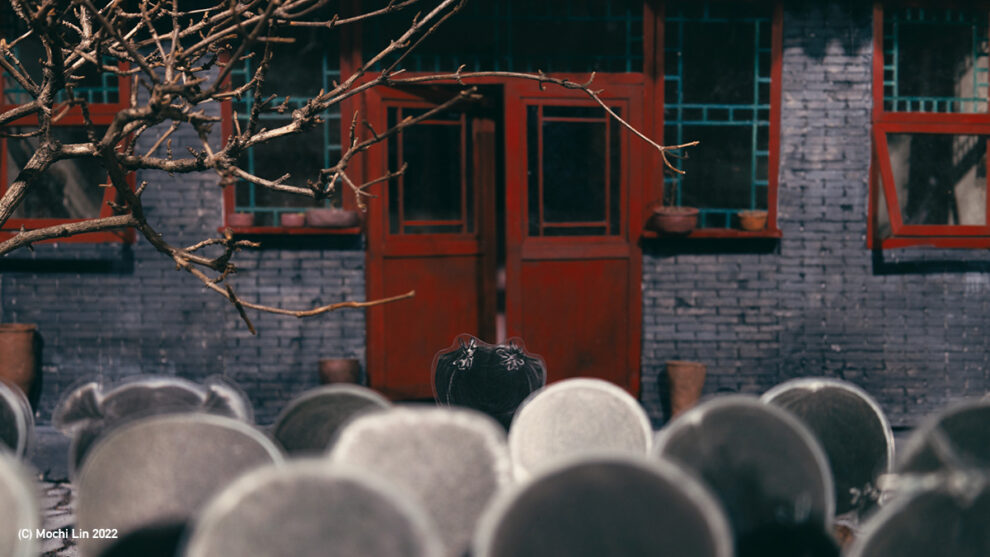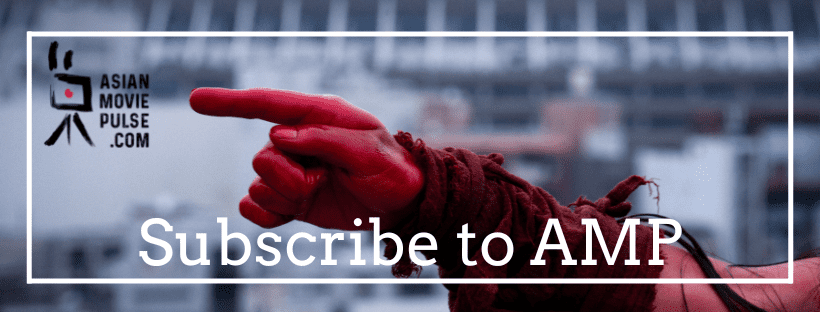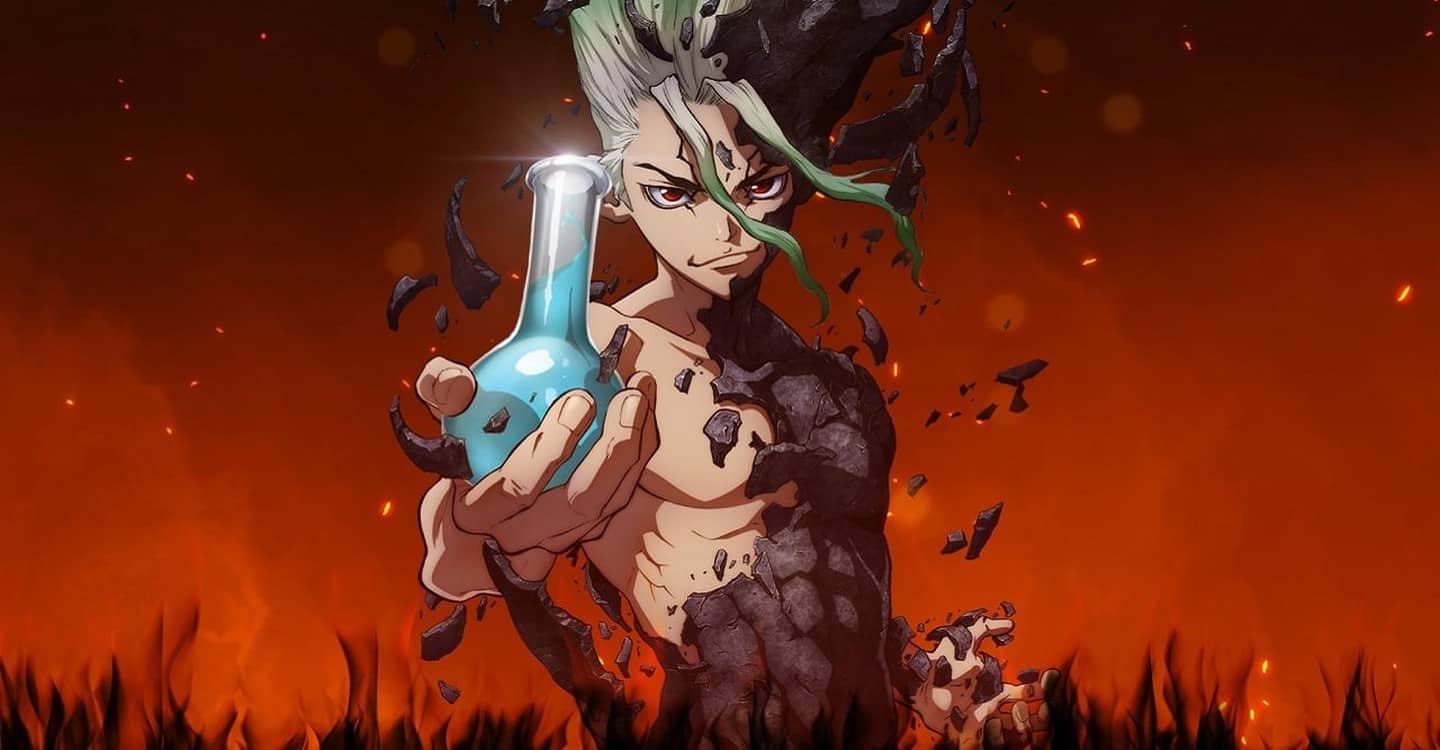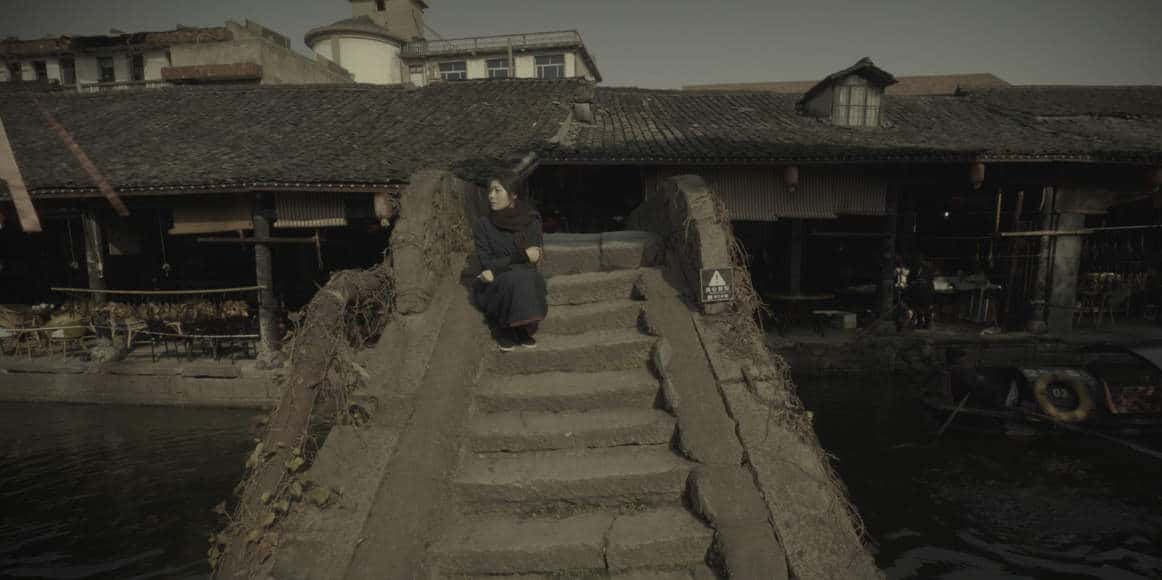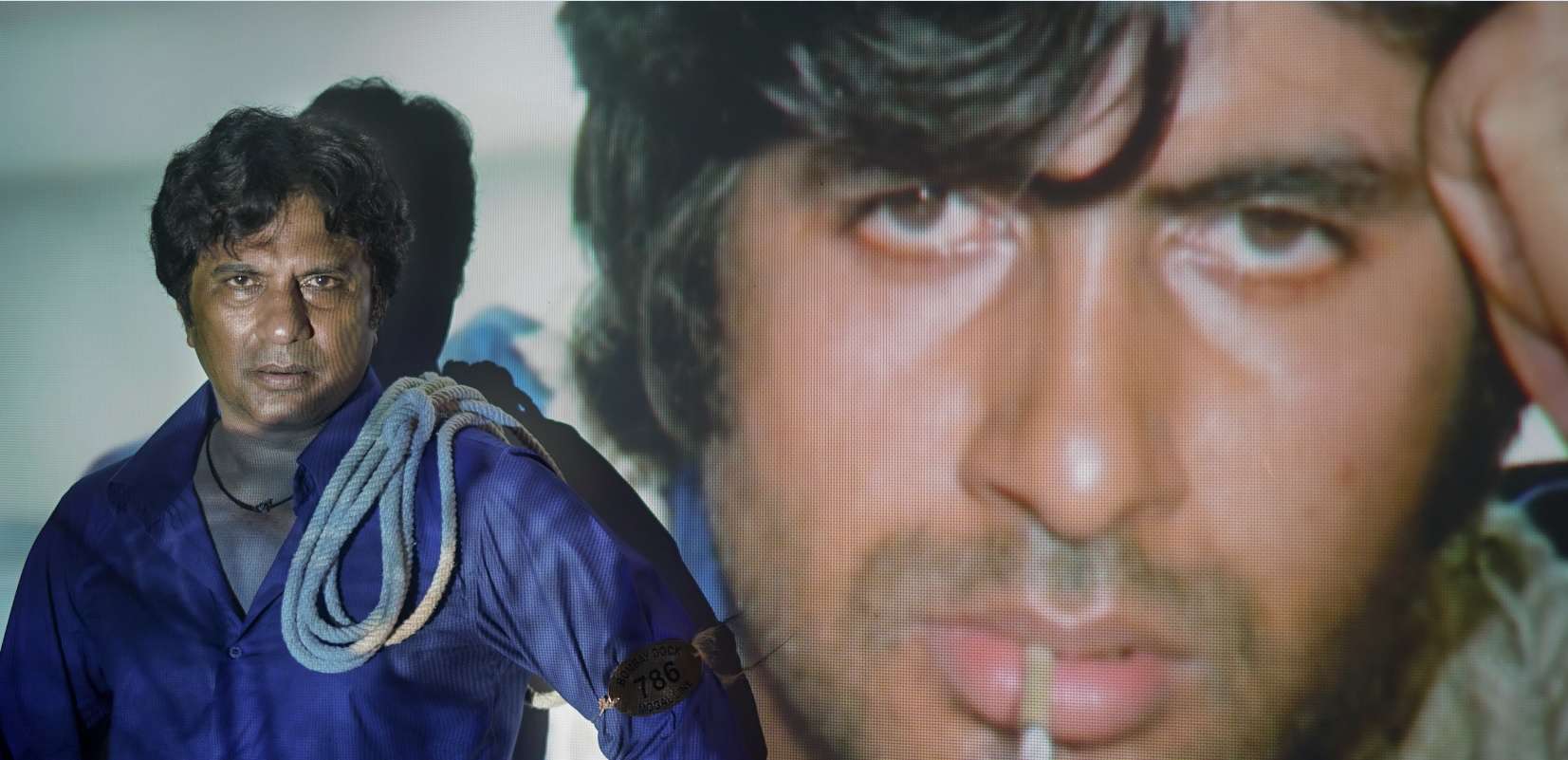Memories can take on any shapes and forms, especially in the field of arts. Oftentimes the level of abstraction literature, art or movies can have, may be regarded as more powerful than a more realistic account of events, while also serving as a much needed emotional distance for the creator. Especially because our perception of what is happening tends to be more emotional and maybe even more disturbing when we are children, choosing this approach is quite interesting when it comes to encountering those memories, re-living them and eventually arriving at some kind of clarity about them and ourselves. Given the story of her stop-motion animated feature “Swallow Flying to the South”, director, animator and composer Mochi Lin has decided for this approach, telling a story about China under Mao as well as human resilience as a result of being educated in a system build on control and obedience.
Swallow Flying to the South is screening at Osaka Asian Film Festival

The story takes place in 1976, when a young girl called Swallow is sent to a public boarding school in the country by her grandmother. Still grieving about the experiences of the last few days, she immediately sticks out in the school's routine of daily exercise and classes, feeling increasingly unwell in the new environment. As even her classmates start to notice something is wrong with her, she feels sick, physically and mentally, resulting in her teachers eventually locking her away at times. However, as the end of the system approaches, she begins to realise there is something within her, which the harsh outside world cannot break.
Naturally, there are many features about authoritarian systems trying to break the individual spirit, but especially through her approach to animation, Mochi Lin succeeds in making a very concise point about this issue. On the one hand, the design choices, especially concerning the characters, may highlight the perspective of a child, but on the other hand, there is a deeper layer to them, as they may refer to the view of the system on the people, making the protagonist's worsening condition far more touching. At the same time, it emphasises the progression of the story, which eventually leaves the limited space of the schoolyard (which actually feels more like a prison) and becomes more abstract, presenting the idea of growth in the central character.
While the story itself can be summed up in a few words and is similar to other approaches to this subject, especially the aesthetic choices make “Swallow Flying to the South” linger with the viewer for quite some time. Lin shows the subtle (and less so) ways the system implements its principles within the young students, limiting their space, their choices and eventually even their bodily functions. The director shows the shaping of an identity, a learning progression beginning with the idea of adapting to the environment while maintaining emotions inside, with the frequent images of the sky and birds (namely swallows) hinting at a layer of freedom and expression.
In the end, “Swallow Flying to the South” is an animated short about keeping what makes you human in the context of an oppressive environment. While Mochi Lin tells a story set in 1976 in Beijing, the themes and characters linger with the viewer, thanks mostly to the aesthetic choices, making this a more universal story as well.


